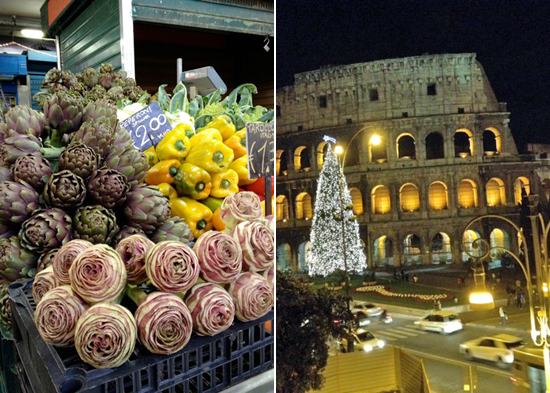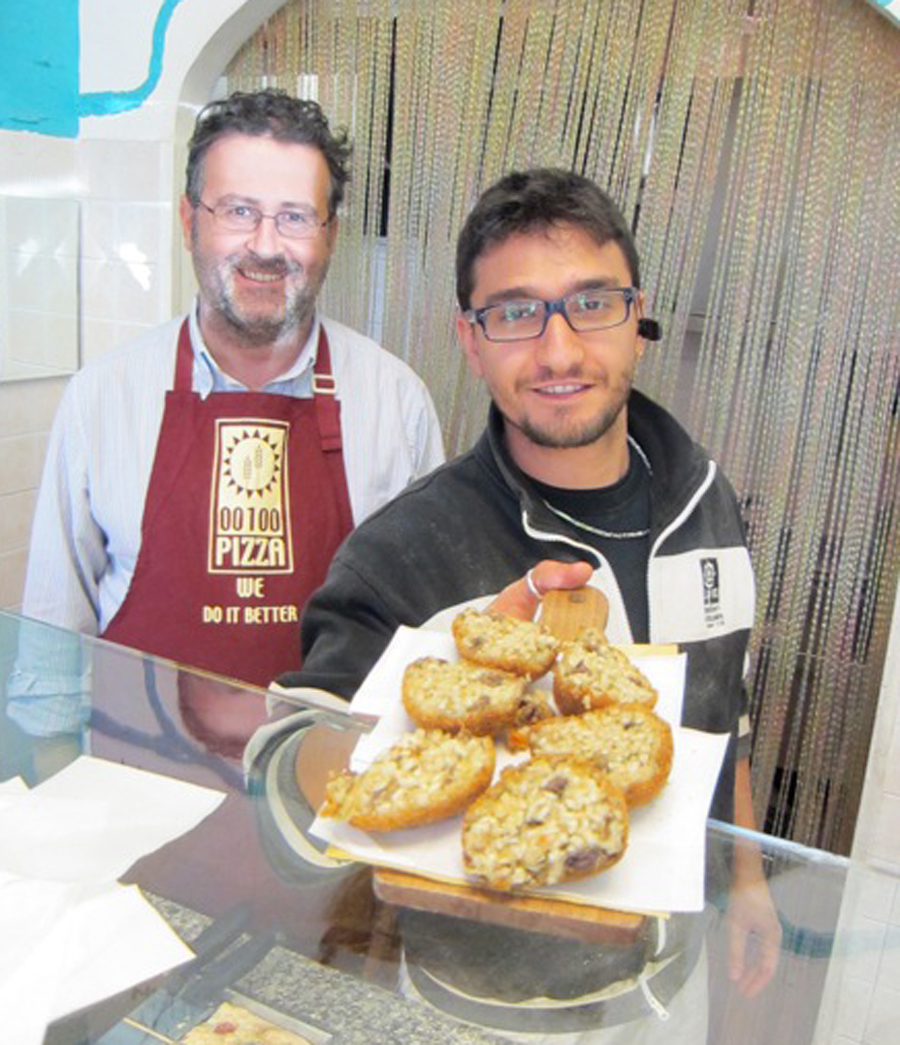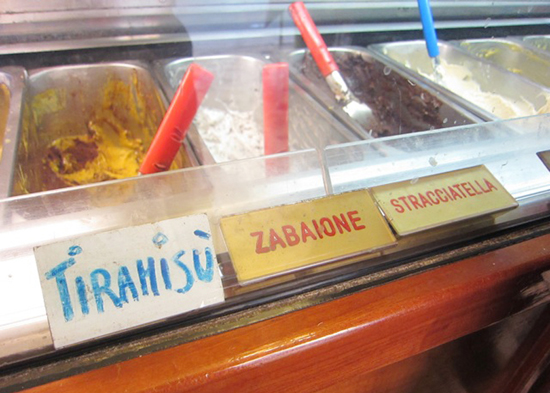ICE President Rick Smilow recently spent several days in Rome. As always, he had a few food adventures on his journey (regular readers will remember his trips to Mississipi and Chicago). In this account of his food tour through Rome’s Testaccio neighborhood, he shares how he did as the Romans do and ended up eating very well.

I’m a big fan of history, food and touring. So on our recent holiday trip to Rome, it was easy to get excited about our planned, Eating Italy Food Tour in Rome. Philadelphia native Kenny Dunn started Eating Italy Food Tours in early 2011. Ken and his wife Ana moved to Rome in 2009 when she took a position as an economist for the UN’s Food & Agriculture Organization. At present, he runs one incredibly enjoyable and delicious tour of Rome’s Testaccio neighborhood.
Throughout history, Testaccio has played a key role in Rome’s food culture. During the Roman Empire, the area had docks on the Tiber River where barges delivered food. Later, in 1890, a slaughterhouse that was once the largest in Europe was built there. Now, there is a covered stall, local food market there, open from 7:30am to 1:00pm, that is Rome’s largest such market. Our Testaccio tour included seven stops on a sunny but brisk December Tuesday. It was scheduled as a group tour, but on this particular day, my family was the only group.
The first stop was the famed Testaccio market. The bounty of Italian ingredients was on display — from artichokes to puntarelle (a seasonal green), to veal and polpo (octopus). We tasted fresh mozzarella di bufala from “Aunt Lina” that will forever change my taste standard of mozzarella. Also, we met Carmelo, whose stall featured 40 to 45 types of tomatoes. When you buy from him, he asks, “What are you going to cook?” and then hand selects the blend of tomato varieties he thinks will best suit your recipe goal. The next stop was Volpetti, considered Rome’s finest gourmet shop.
This is the place for aged balsamic vinegars, mostarda, fruits and cheese. Most notably, their selection and presentation of cured and dried meats, like pancetta, guanciale, and prosciutto was as tasteful as I have ever seen. My assistant tells me that Anthony Bourdain’s recent “The Layover” episode in Rome featured a stop in Volpetti, so there should be some video of this great store on the web.
On a tour like this, you don’t necessarily eat in normal order, so at the next stop, the Barberini Bakery, we had petite tiramisus in a chocolate cup. Baked breakfast items, like maritozzi, would have been an option, but all things considered, Italian baked goods aren’t in my pantheon of best eating.
There was also non-food history along our walking tour route — we saw The Pyramid of Cestius (built around 18 BC–12 BC), the grave of British poet John Keats, and a few 1970s-era mafia landmarks. More subtle, but most interesting, was the Monte Testaccio. This is a ten-acre man-made hill, created by piling amphorae, broken clay or terracotta jugs — particularly the jugs that held olive oil. From a distance, the hill looks like dirt. But close up, you see that it’s actually a dump heap of first and second century broken pottery.
There are a series of ristorantes and cafes built into the side of the hill, and our next stop was one of the day’s highlights, Flavio al Velavevodetto. Here, we were treated to perfectly executed versions of three of Rome’s most classic pasta dishes: Tonnarelli Cacio e Pepe — fresh egg-based tonnarelli pasta with pecorino cheese and black pepper; Rigatoni Alla Carbonara — dried durum wheat spaghetti with pancetta, eggs, pecorino and black pepper; and Rigatoni Alla Amatriciana — dried durum wheat rigatoni pasta with smoked pancetta, red chili pepper, tomatoes, and pecorino cheese.
After lunch, we walked to the former stockyards. The cattle and meat cutters are gone, but in their place is a peaceful and tranquil public art gallery and some design studios.

There were still two more stops on this epic food tour, a pizza shop, and a classic gelato café. The pizza shop was 00100 Pizza, run by Stefano Callegari. At his tiny shop we tasted a pizza variation they have named the Trappizzini. Our gelato stop was at Giolitti, where seemingly little has changed since it opened in 1914. Because they use natural ingredients, not commercial powdered ones, the gelato colors are not as bright and vivid as one finds in flashier, tourist gelato stores. Now that I’ve had “the real thing,” I don’t want the bright colors.

As the text relates, and the pictures show, it was a great tour. Earned my highest rating! For more info, check out Kenny’s company’s website.



